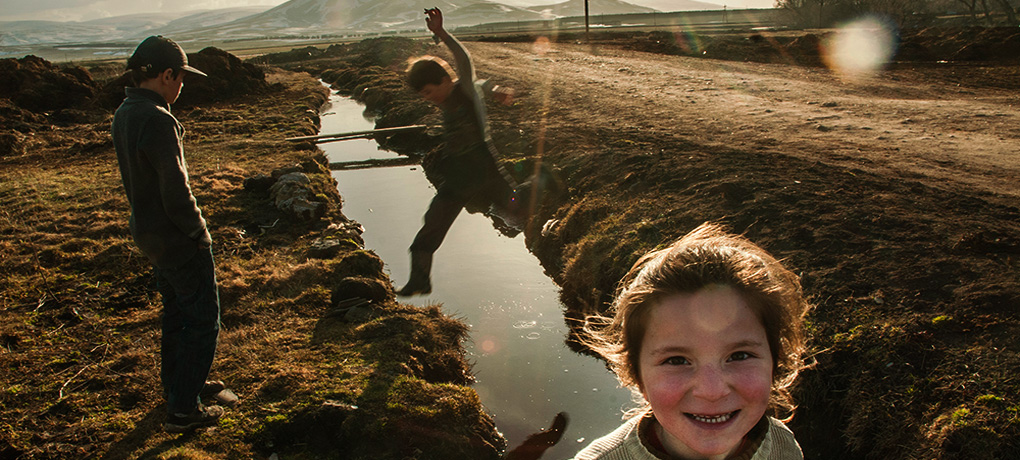Contemplating the Georgian Soul
April 2021
writer: Agata Mayer | images: Natela Grigalashvili

Her foremost artistic interest are Georgian villages. Through her photos, she narrates a personal and intriguing story about rural communities, their joys and sorrows, traditions and customs, work and everyday life, an account of a rich and beautiful culture on the brink of extinction. In the course of her travels over many years, leading her to regions stricken with hardships and poverty, NATELA GRIGALASHVILI has produced an extensive photographic collection depicting geographically and socially remote populations and ethnic minorities, Georgia’s last nomads.
Georgia is her homeland. She has spent all her life here, never thinking of leaving for some other place, even when then country slipped into unrest and turmoil. In the last twenty-five years, Georgia has seen three wars, twenty percent of its territory is occupied by Russia, poverty indicators are growing, governing elites are mainly concerned with their own profits, and people fear for their cultural distinctiveness, traditional values and national identity in the globalized world of today.
Natela Grigalashvili was born in Tagveti, a poor village made up of wooden cottages, nestled amidst misty valleys and rolling pastures, with a breathtaking vista of the Caucasus Mountains. Raised in a family of peasants, she enjoyed the simple life marked by innocent happiness and bitter-sweet charm. She left the village over thirty years ago, at the age of sixteen, driven by a love for movies, a subject that she explored by means of old Soviet cinema-themed magazines available at the local library. After graduating, she moved to the capital to pursue a career in documentary cinematography. As it happened, she ended up becoming a photographer. In the Soviet Union of the 1990s, amidst an economic crisis, the profession was not held in high esteem. The country lacked schools or other institutions for aspiring photographers to hone their skills. The analog technology was prevalent, along with black-and-white film. There were no photojournalists, not to mention female photographers. At first, a sight of Natela with her camera was nothing short of a sensation, provoking taunts from neighbors and childhood friends. And then she earned her first awards, her photos published in prestigious magazines and shown in major European cities.
Photos by Natela Grigalashvili display inner sadness and a peculiar feel of melancholy. It is as if time had come to a still at a single moment. Whatever she captures with her camera, be it the land of the orthodox Doukhobors who tell fortunes, a fog-covered village of the Kist people, the hard-working women of the Pankisi Gorge or Muslim nomads in the mountainous Adjara region, she is always focused on the candid depiction of Georgia’s rural communities, their present existence and history. She strives to fully understand the curious, slowly fading culture, traditions, beliefs and way of life. Her pictures are meant to preserve this heritage for just a little longer and provide an additional background for current developments in the country. Their aesthetic style and feel evoke religious and pastoral imagery, once an essential part of Georgian art. The depicted landscape, a characteristic scenery of mountains shrouded in mist, reminds her of home. Whenever she has some time on her hands, she takes a bus to the all-familiar place, her native village, returning to people she grew up with and her mother, the two bonded in an uneasy relationship. In a struggle to tear down the barrier of indifference and deeply rooted accusations, Natela started the touching photo project “Book of My Mother”. She kept on taking pictures of her mother until she realized that the mutual anger and disappointment were no longer of much significance. She meant the book as a sincere story, an attempt at reconciliation and getting close to each other, a tribute to the parent. It turned out a soul-stirring portrait of the two.
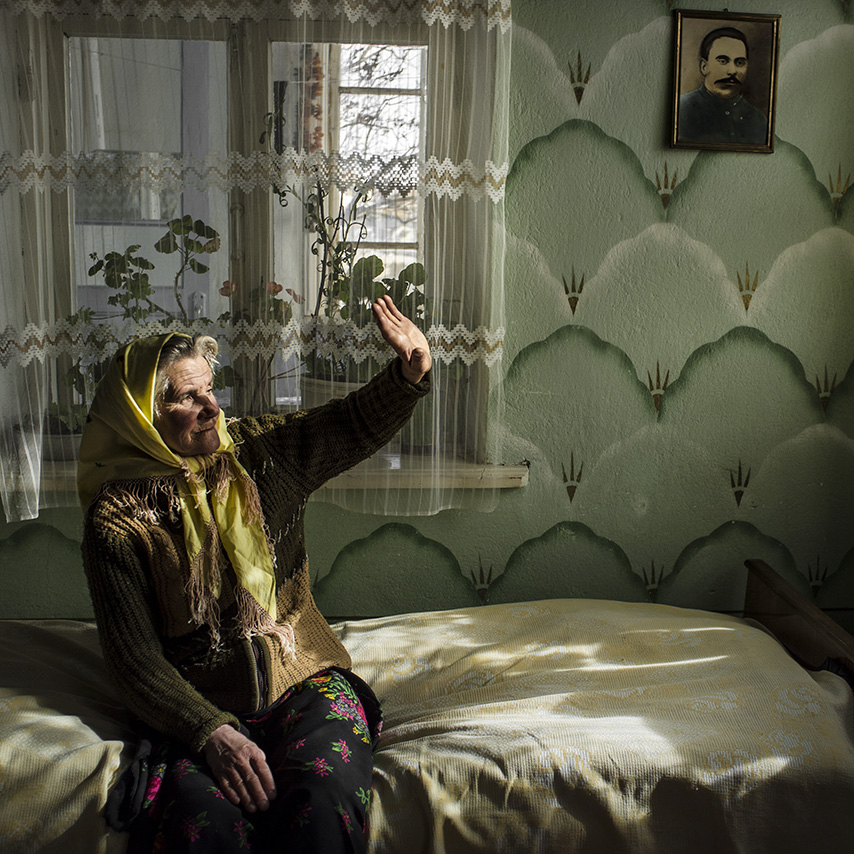
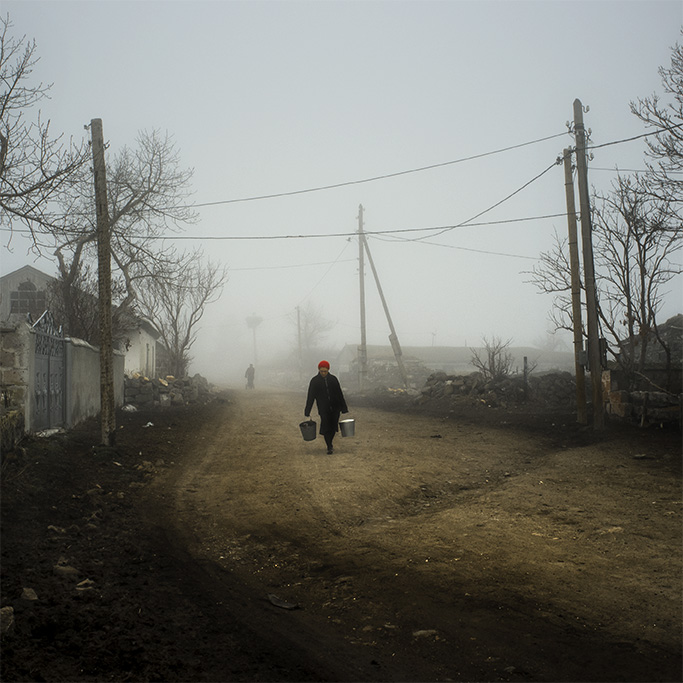
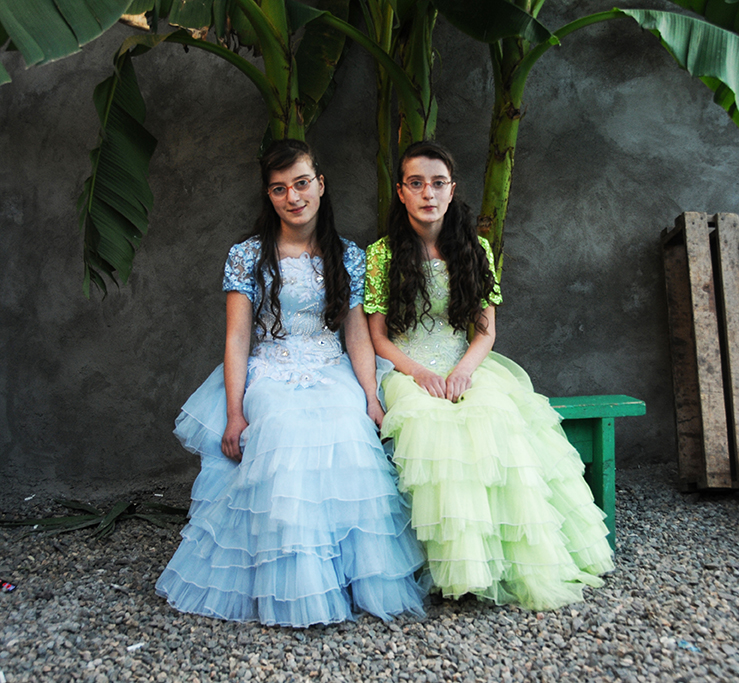
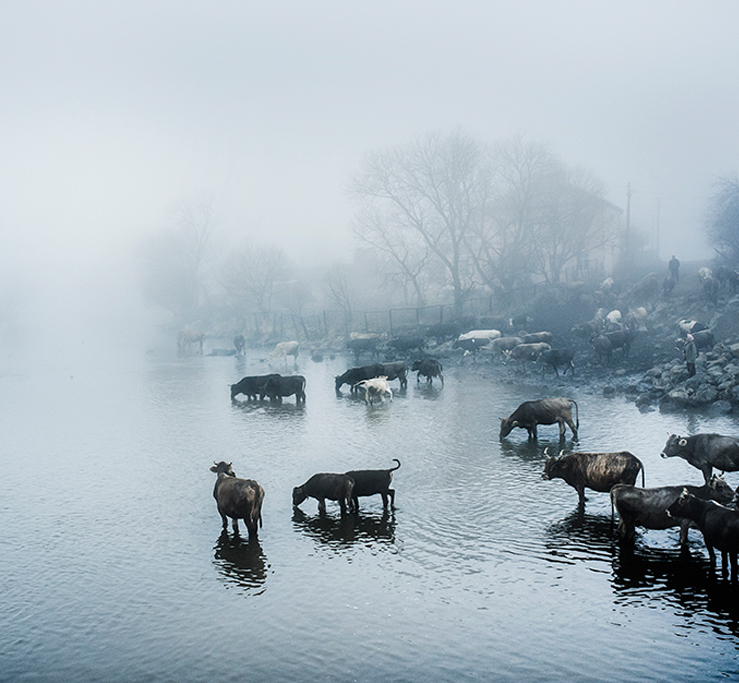
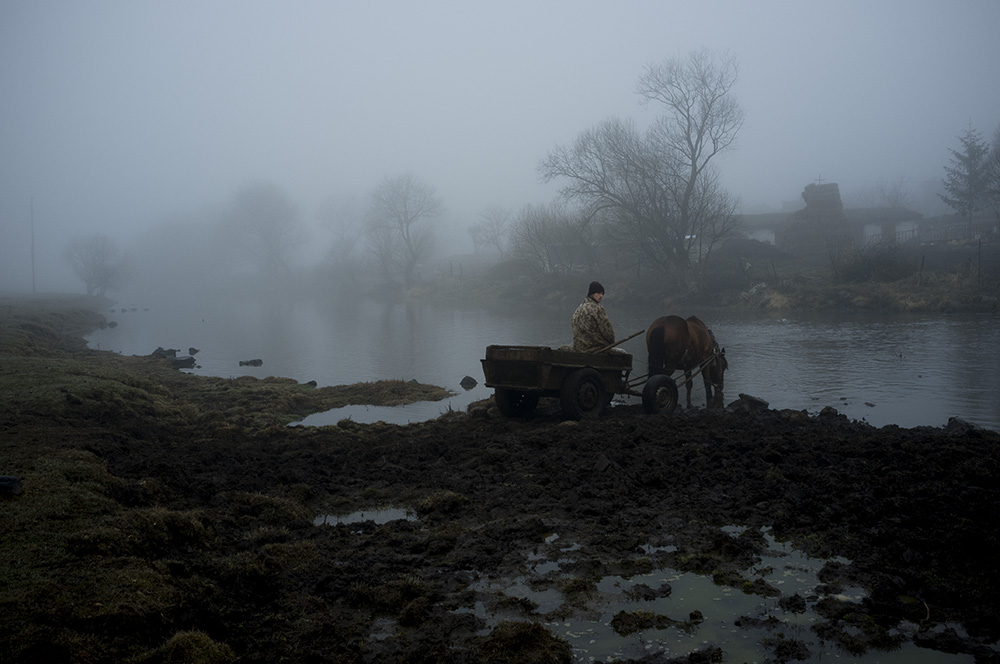
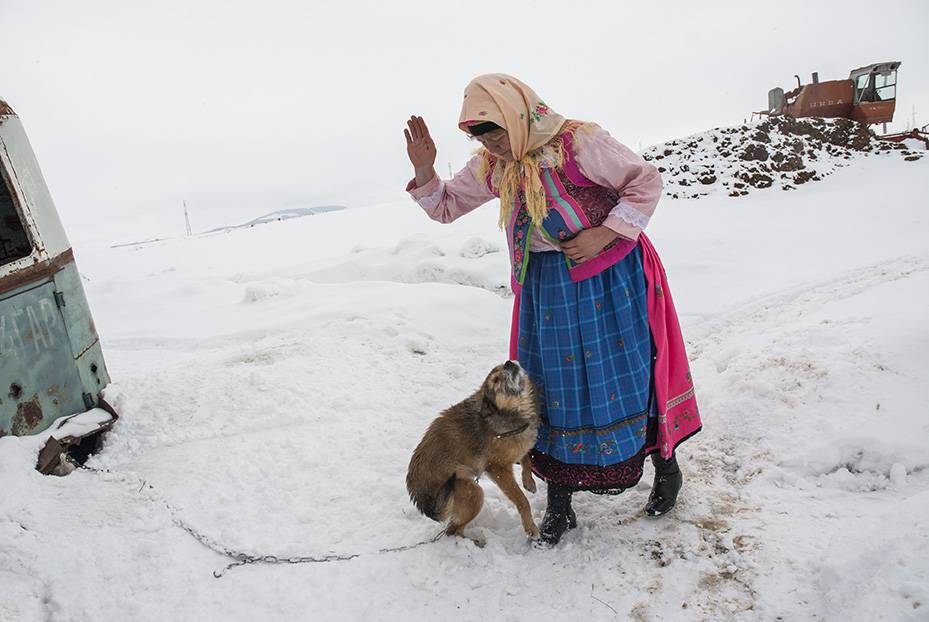
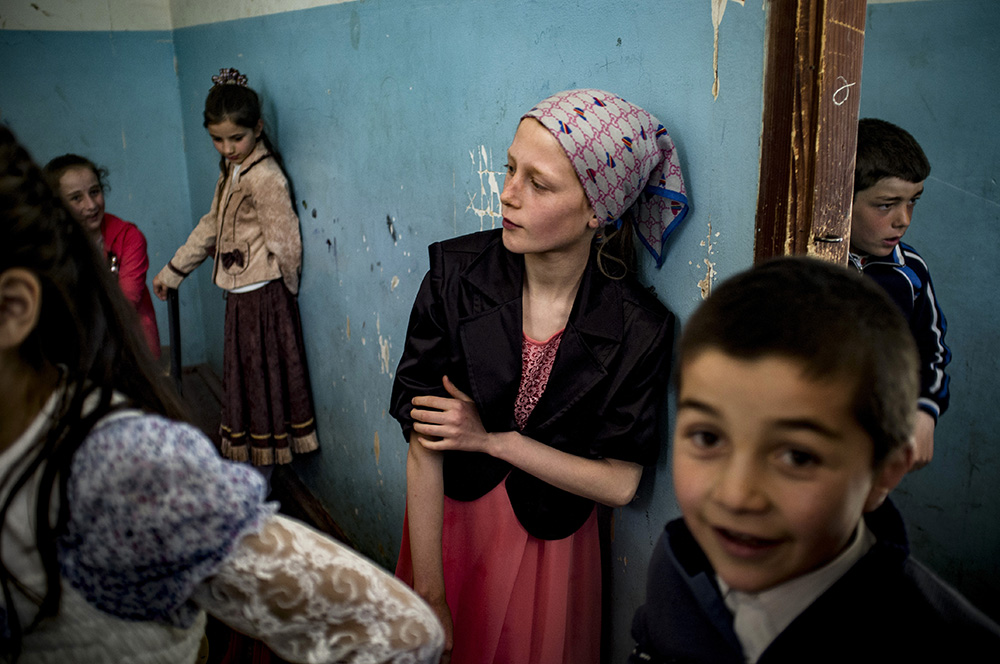
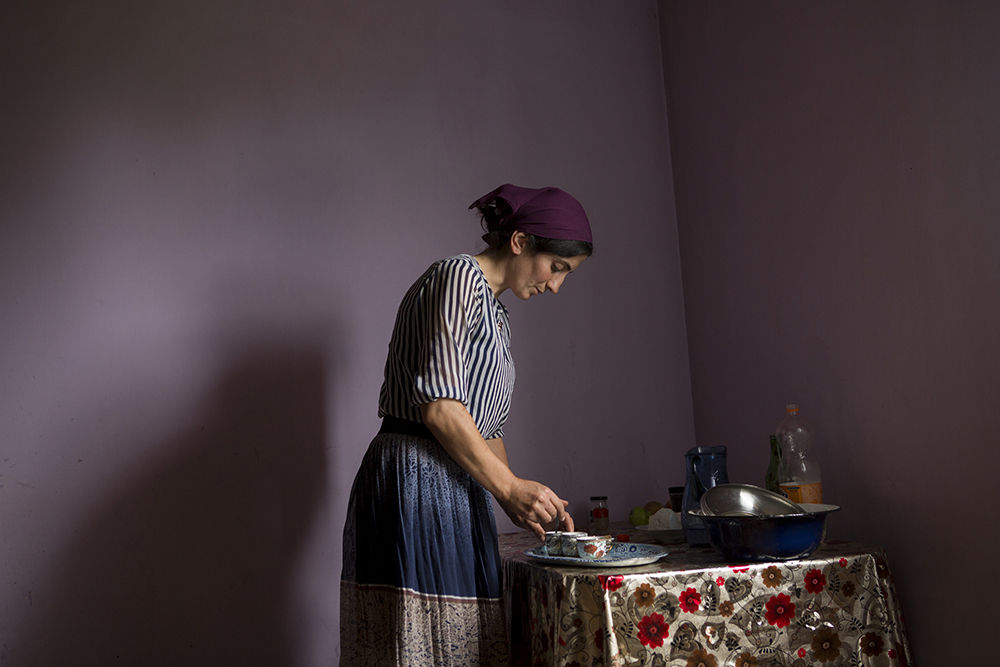
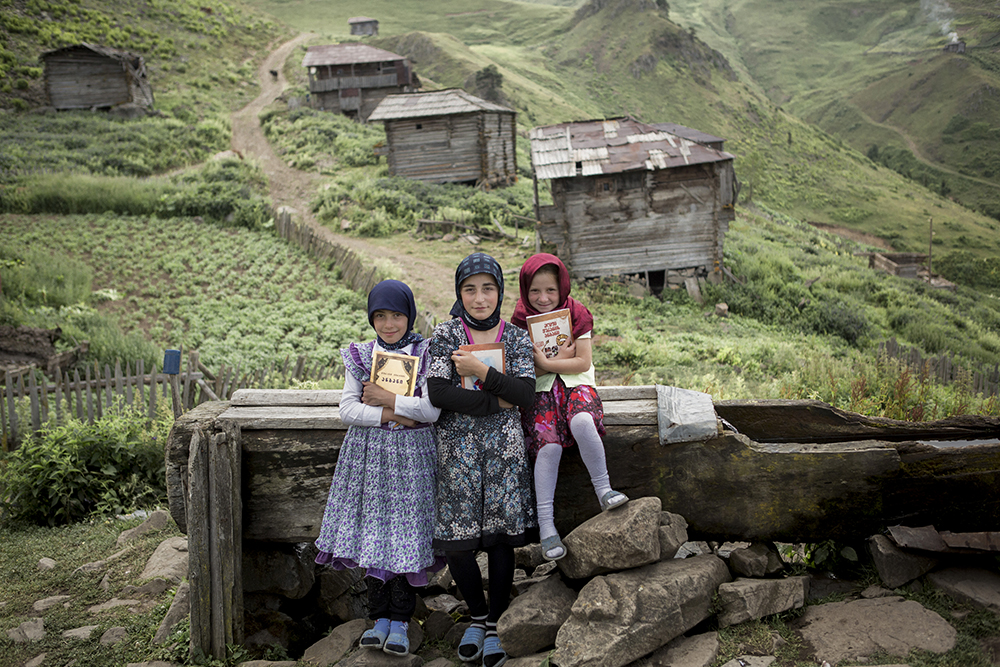
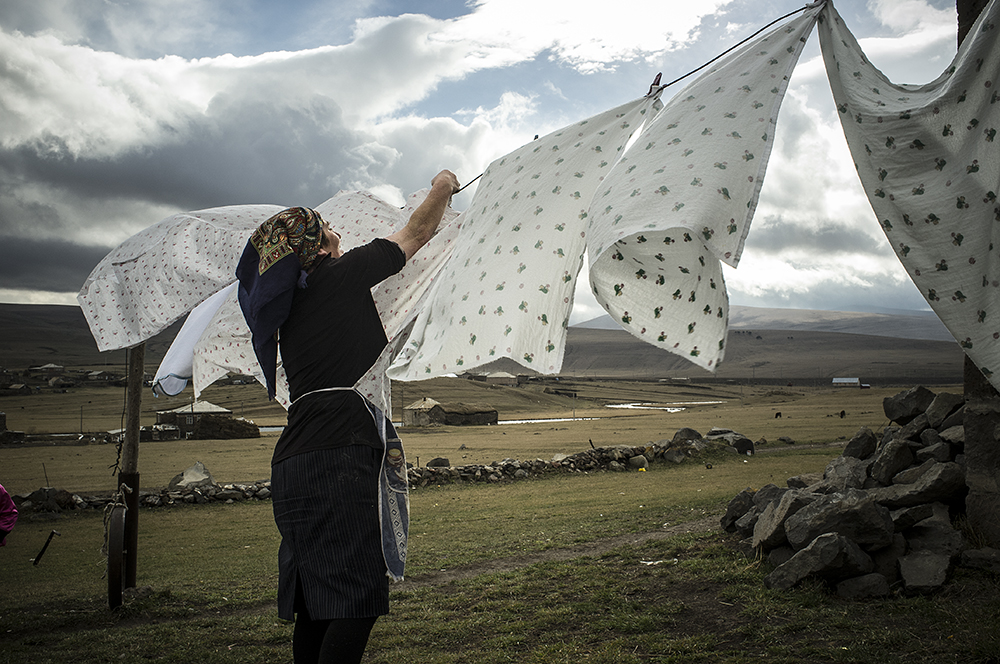
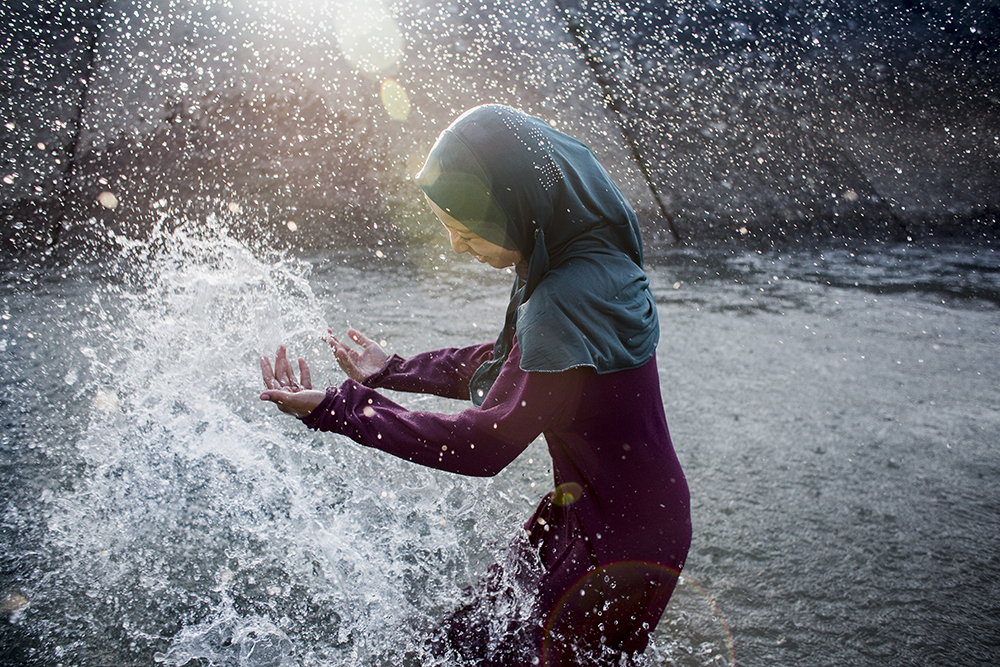
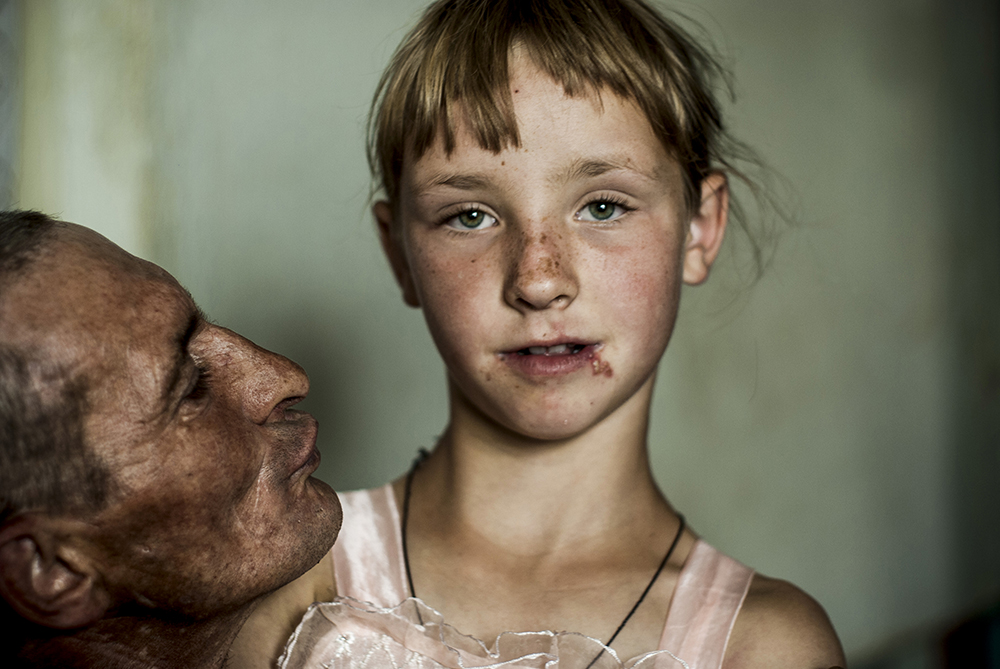
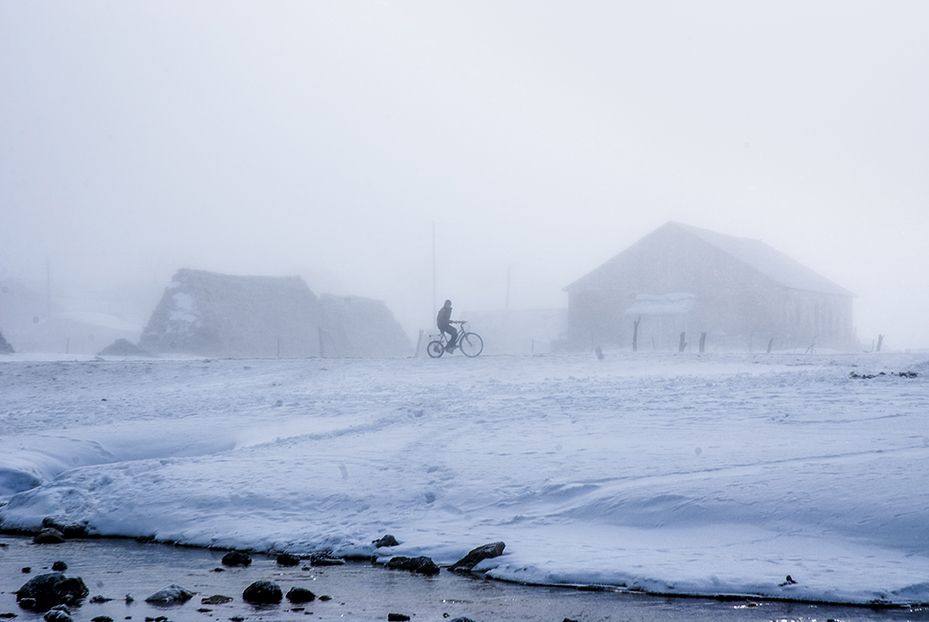
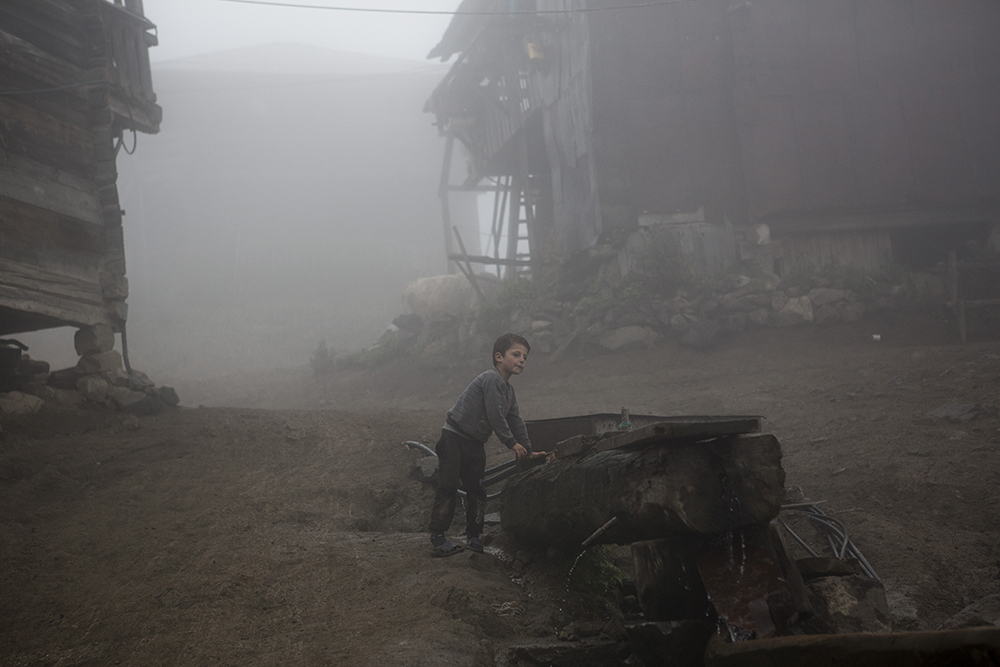
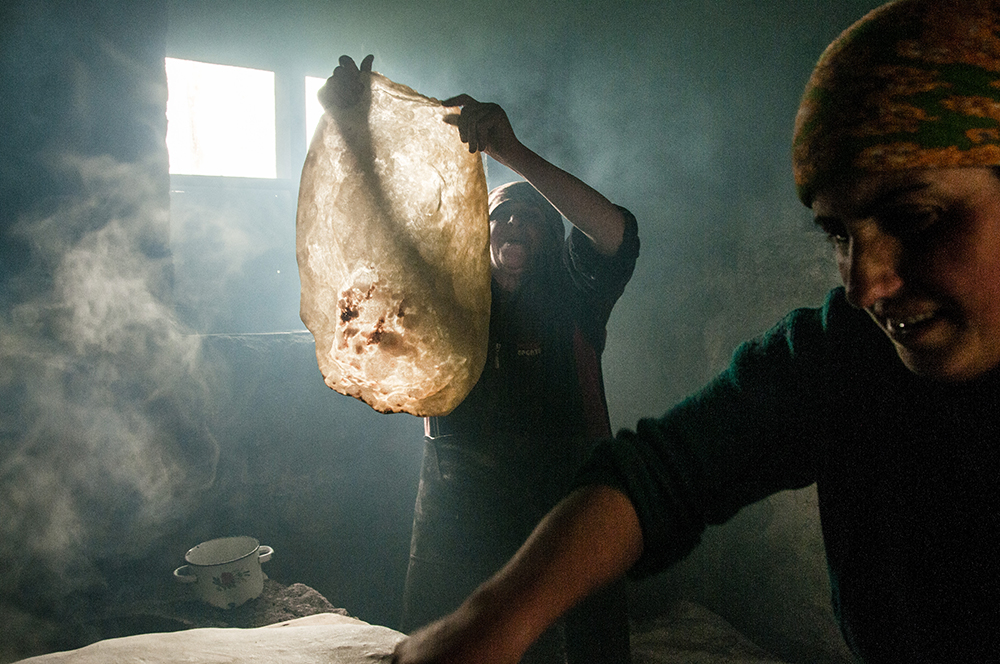
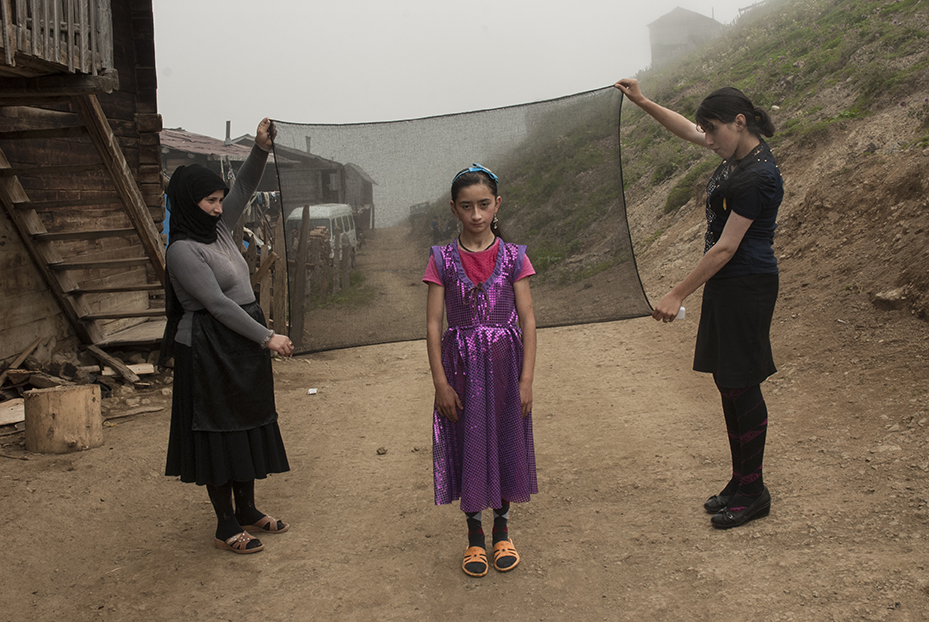
Click here to see more of Natela's photographs
FACEBOOK.
